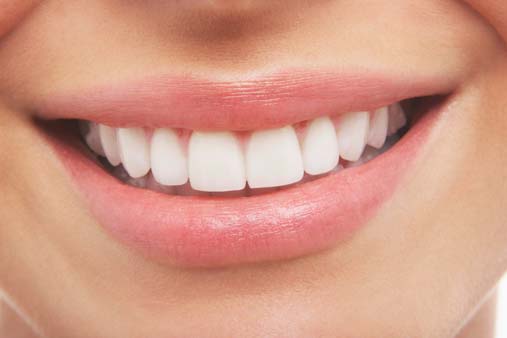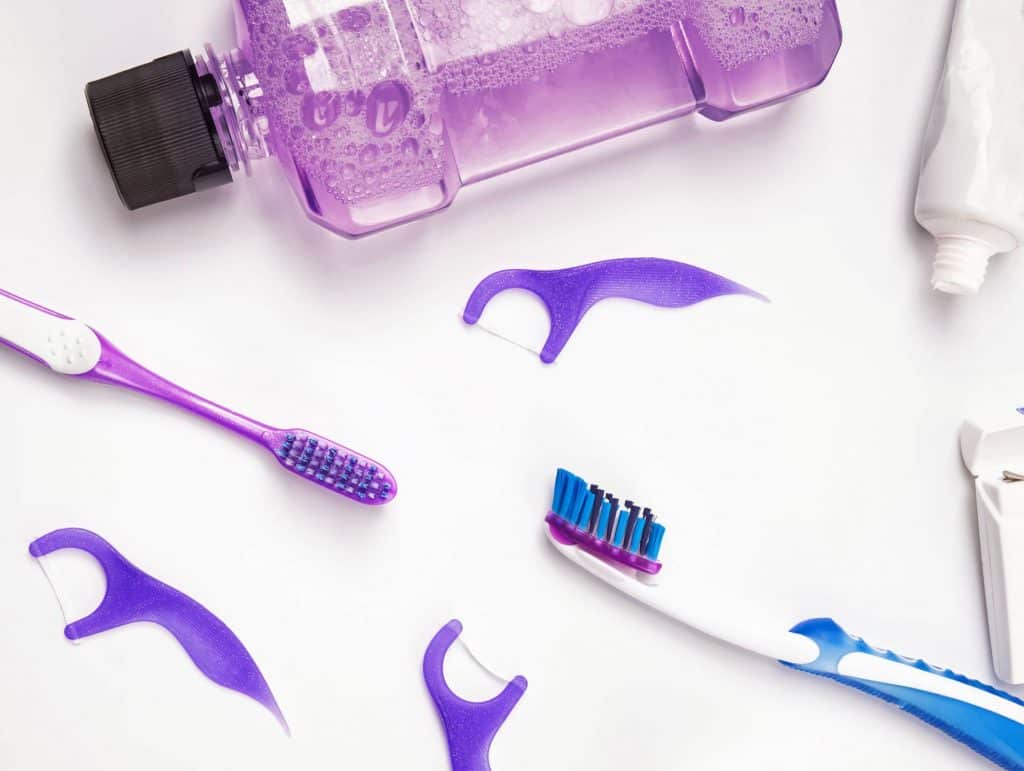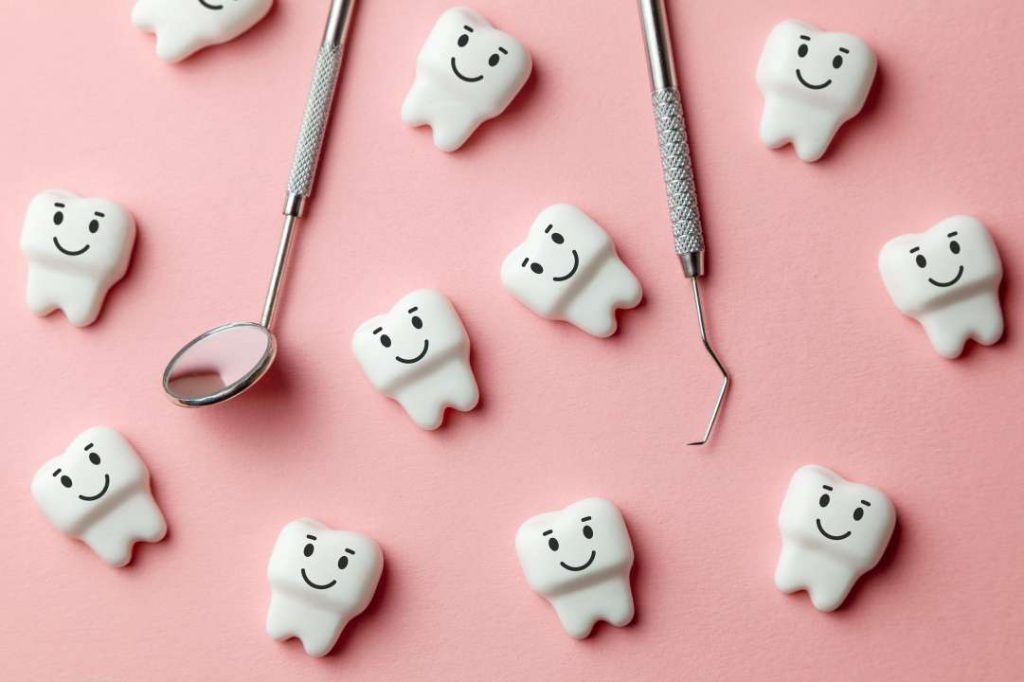In Saskatoon and across North America, whiter teeth is one of the most commonly desired dental treatments. There are a plethora of ways to brighten the appearance of your smile, but not all methods are equally effective or safe. It’s important to do your research and consult your dentist before choosing a course of action. Here’s what your dentist wants you to know about tooth whitening:
What is the Natural Colour of my Teeth?
When considering any tooth whitening treatment, it is important to remember that natural teeth are rarely ever perfectly white. The dentin layer of the tooth is naturally a yellow colour, and when reflected through the blue-ish white transparency of the tooth enamel, the overall tooth usually appears somewhere between light grey or light yellow, depending on a person’s genetics. As the teeth are not naturally white, it is unrealistic to expect any whitening product to give you the same perfect pearly whites that you see in photoshopped advertisements and pop-culture media.
Removing Enamel Stains vs. Dentin Bleaching
There is an important distinction between removing staining on the enamel of the teeth and changing the internal colour of your teeth. Because there are two different types of dental discoloration, not all products will give you the same whitening results.
Stained Enamel (Extrinsic Discolouration)
The enamel is the transparent protective layer of the tooth which is naturally tinted with a blue-ish white pigment. Stains can accumulate and quickly coat the enamel when oral hygiene habits are lacking, or with the repeated consumption of tobacco products, coffee, wine or other dark coloured food and drink. Luckily, most cases of enamel discoloration can be prevented and improved with a whitening toothpaste and thorough brushing. Most superficial stains can also be removed from the enamel during a professional dental cleaning.
Discolored Dentin (Intrinsic Discolouration)
Beneath the protective enamel is a hard, inner layer of tooth called dentin, which appears naturally yellow in most people. As a natural part of aging, the colour of the dentin darkens over time. Further, with exposure to acidic foods and regular wear, the enamel gradually thins, revealing more of the darker dentin beneath. The dentin may also become discoloured to appear slightly grey when tooth decay or cavities are present at any stage of life.
To Bleach or Not To Bleach?
If you have a naturally dark dentin layer, or if your dentin is darkening as you age, a ‘whitening’ product designed to remove enamel stains will likely do very little to whiten your teeth. You’ll want to look for a product that changes the colour of the inner dentin, such as bleaching products that can be administered by a dental professional or at home.
Changing the colour of the dentin involves methods of bleaching best undertaken by professional dental care providers. This can be done at the dentist with a peroxide gel or UV light treatment. You can also use store-bought bleaching gels at home with trays that are custom-fitted to your teeth from impressions taken by your dentist.
Take Caution and Do Your Research
It is not a good idea to whiten your teeth with any method if you have gingivitis, cavities, gum recession, or other potential oral health problems which can enhance the risks associated with various whitening methods. That’s why it’s important to do research, be aware of the risks, and consult your dentist before undertaking any whitening program so they can recommend the best course of action for your teeth.
Protect Your Gums and Roots
Keep whitening gel and strips away from gums. Avoid whitening trays or strips that are not custom-fitted to your teeth of one-size-fits-all whitening trays and strips as these can lead to gum damage from exposure to bleaching gel. To protect your gums, consult your dentist about getting fitted for a custom set of trays that you can keep to use with store-bought whitening gels at home.
Some bleaching gels have higher concentrations than others, so always read labels and follow instructions. Bleaching gels that are too strong or that are left on too long can cause sensitivity and depending on the agent potential damage. Try not to use them to the extreme.
Cosmetic Dental Services in Saskatoon
Let’s face it, nobody wants yellow teeth and most of us would like to enhance the appearance of our smiles. Luckily, there is a range of whitening options available from whitestrips and trays with bleaching gels, to whitening toothpastes, special toothbrushes, and UV and laser treatments. Some even claim that pulling coconut oil or using activated charcoal will help whiten teeth. Whatever method you choose, make sure you’ve done your research and talked to your dentist before you put your oral health at risk.
If you have any questions, you are welcome to speak with one of our dental care professionals at Midtown Dental. You can reach us directly at (306) 652-8575.




